1. Ernst A, Feller-Kopman D, Becker HD, Mehta AC. Central airway obstruction. Am J Respir Crit Care Med. 2004; 169(12):1278–1297. PMID:
15187010.
2. Chin CS, Litle V, Yun J, Weiser T, Swanson SJ. Airway stents. Ann Thorac Surg. 2008; 85(2):S792–S796. PMID:
18222219.
3. Stöhr S, Bolliger CT. Stents in the management of malignant airway obstruction. Monaldi Arch Chest Dis. 1999; 54(3):264–268. PMID:
10441984.
4. Mitchell PD, Kennedy MP. Bronchoscopic management of malignant airway obstruction. Adv Ther. 2014; 31(5):512–538. PMID:
24849167.
5. Hollingsworth HM. Wheezing and stridor. Clin Chest Med. 1987; 8(2):231–240. PMID:
3304813.
6. Noppen M, Meysman M, D’Haese J, Schlesser M, Vincken W. Interventional bronchoscopy: 5-year experience at the Academic Hospital of the Vrije Universiteit Brussel (AZ-VUB). Acta Clin Belg. 1997; 52(6):371–380. PMID:
9489133.
7. Gorden JA, Ernst A. Endoscopic management of central airway obstruction. Semin Thorac Cardiovasc Surg. 2009; 21(3):263–273. PMID:
19942126.
8. Mathur PN, Wolf KM, Busk MF, Briete WM, Datzman M. Fiberoptic bronchoscopic cryotherapy in the management of tracheobronchial obstruction. Chest. 1996; 110(3):718–723. PMID:
8797417.
9. Bolliger CT, Mathur PN, Beamis JF, Becker HD, Cavaliere S, Colt H, et al. ERS/ATS statement on interventional pulmonology. Eur Respir J. 2002; 19(2):356–373. PMID:
11866017.
10. Hetzel M, Hetzel J, Schumann C, Marx N, Babiak A. Cryorecanalization: a new approach for the immediate management of acute airway obstruction. J Thorac Cardiovasc Surg. 2004; 127(5):1427–1431. PMID:
15116003.
11. Yilmaz A, Aktaş Z, Alici IO, Cağlar A, Sazak H, Ulus F. Cryorecanalization: keys to success. Surg Endosc. 2012; 26(10):2969–2974. PMID:
22609980.
12. Schumann C, Hetzel M, Babiak AJ, Hetzel J, Merk T, Wibmer T, et al. Endobronchial tumor debulking with a flexible cryoprobe for immediate treatment of malignant stenosis. J Thorac Cardiovasc Surg. 2010; 139(4):997–1000. PMID:
19716140.
13. Inaty H, Folch E, Berger R, Fernandez-Bussy S, Chatterji S, Alape D, et al. Unimodality and multimodality cryodebridement for airway obstruction. a single-center experience with safety and efficacy. Ann Am Thorac Soc. 2016; 13(6):856–861. PMID:
26999041.
14. DiBardino DM, Lanfranco AR, Haas AR. Bronchoscopic cryotherapy. clinical applications of the cryoprobe, cryospray, and cryoadhesion. Ann Am Thorac Soc. 2016; 13(8):1405–1415. PMID:
27268274.
15. Chung FT, Chou CL, Lo YL, Kuo CH, Wang TY, Wang CH, et al. Factors affecting survival in patients with endobronchial malignant mass after flexible bronchoscopic cryotherapy: a cohort study. BMC Pulm Med. 2019; 19(1):101. PMID:
31126271.
16. Sriratanaviriyakul N, Lam F, Morrissey BM, Stollenwerk N, Schivo M, Yoneda KY. Safety and clinical utility of flexible bronchoscopic cryoextraction in patients with non-neoplasm tracheobronchial obstruction: a retrospective chart review. J Bronchology Interv Pulmonol. 2015; 22(4):288–293. PMID:
26439016.
17. Heald AH, Stedman M, Davies M, Livingston M, Alshames R, Lunt M, et al. Estimating life years lost to diabetes: outcomes from analysis of National Diabetes Audit and Office of National Statistics data. Cardiovasc Endocrinol Metab. 2020; 9(4):183–185. PMID:
33225235.
18. Rydén L, Standl E, Bartnik M, Van den Berghe G, Betteridge J, de Boer MJ, et al. Guidelines on diabetes, pre-diabetes, and cardiovascular diseases: executive summary. Eur Heart J. 2007; 28(1):88–136. PMID:
17220161.
19. King S, Klineberg I, Levinger I, Brennan-Speranza TC. The effect of hyperglycaemia on osseointegration: a review of animal models of diabetes mellitus and titanium implant placement. Arch Osteoporos. 2016; 11(1):29. PMID:
27637755.
20. Flyvbjerg A. Diabetic angiopathy, the complement system and the tumor necrosis factor superfamily. Nat Rev Endocrinol. 2010; 6(2):94–101. PMID:
20098449.
21. Dunham-Snary KJ, Wu D, Sykes EA, Thakrar A, Parlow LR, Mewburn JD, et al. Hypoxic pulmonary vasoconstriction: from molecular mechanisms to medicine. Chest. 2017; 151(1):181–192. PMID:
27645688.
22. Akoglu S, Uçan ES, Celik G, Sener G, Sevinç C, Kilinç O, et al. Endobronchial metastases from extrathoracic malignancies. Clin Exp Metastasis. 2005; 22(7):587–591. PMID:
16475029.
23. Tsuboi R, Oki M, Saka H, Kogure Y, Oka S, Nakahata M, et al. Rigid bronchoscopic intervention for endobronchial metastasis of renal cell carcinoma. Respir Investig. 2016; 54(4):250–254.
24. Suyama H, Igishi T, Makino H, Kaminou T, Hashimoto M, Sumikawa T, et al. Bronchial artery embolization before interventional bronchoscopy to avoid uncontrollable bleeding: a case report of endobronchial metastasis of renal cell carcinoma. Intern Med. 2011; 50(2):135–139. PMID:
21245638.
25. Tao M, Zhang N, Wang H, Ma H, Gao H, Wang Z. Bronchial arterial embolization may reduce the risk of severe bleeding in central airway obstruction due to renal cell carcinomas during bronchoscopic procedures. Ther Adv Respir Dis. 2020; 14:1753466620976012. PMID:
33272105.
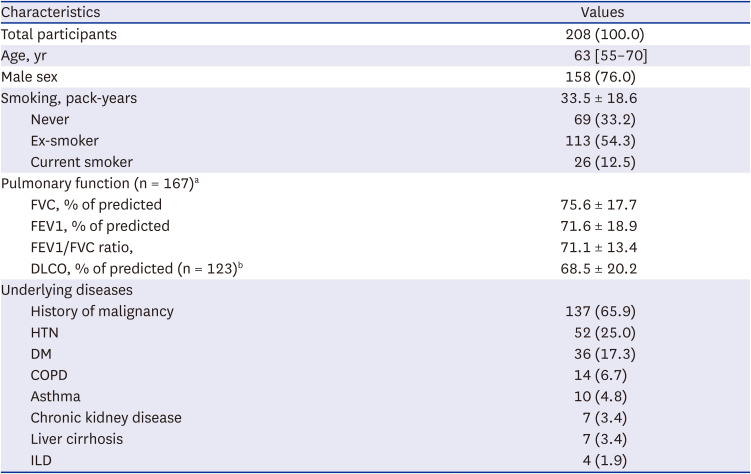
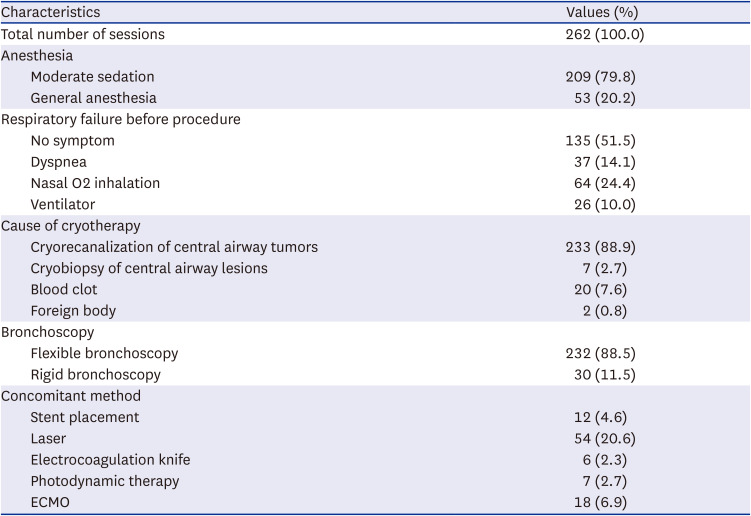


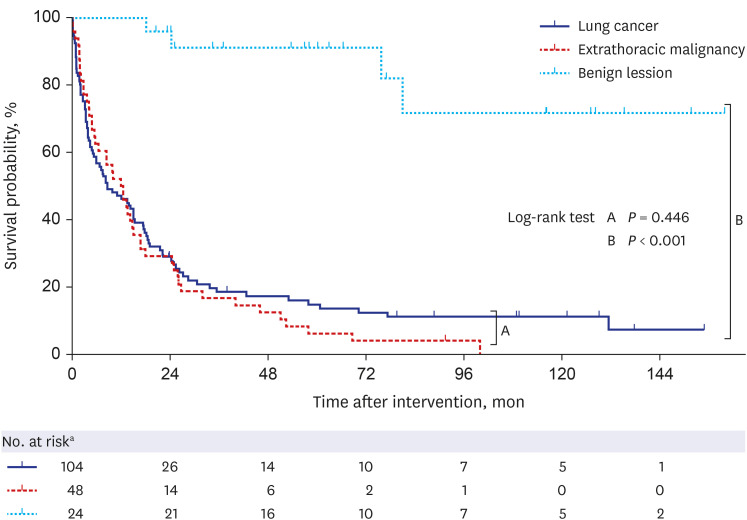
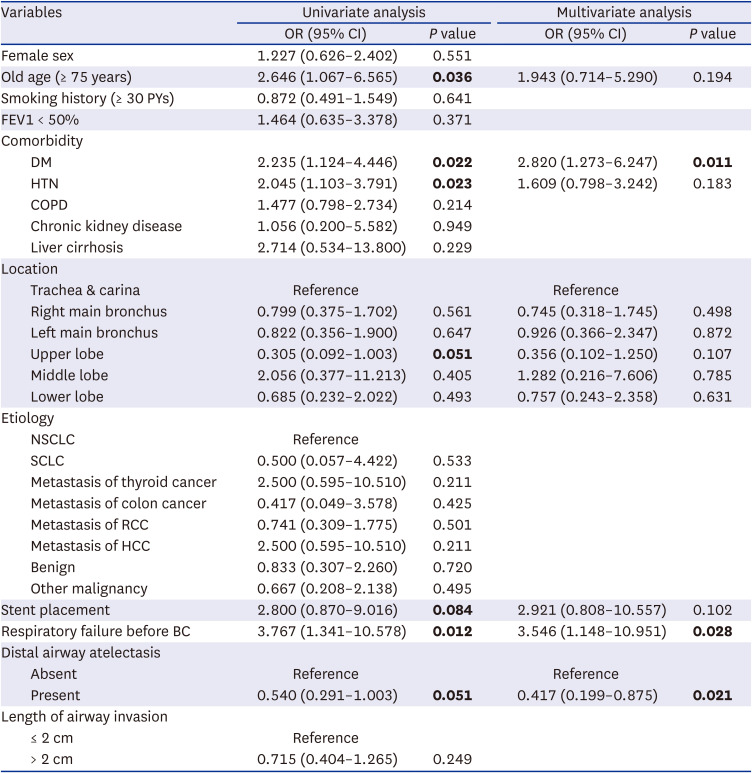




 PDF
PDF Citation
Citation Print
Print



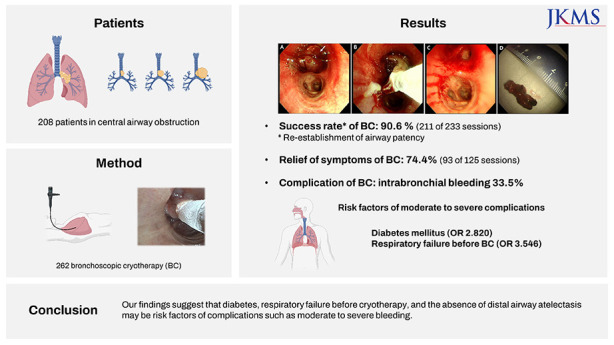
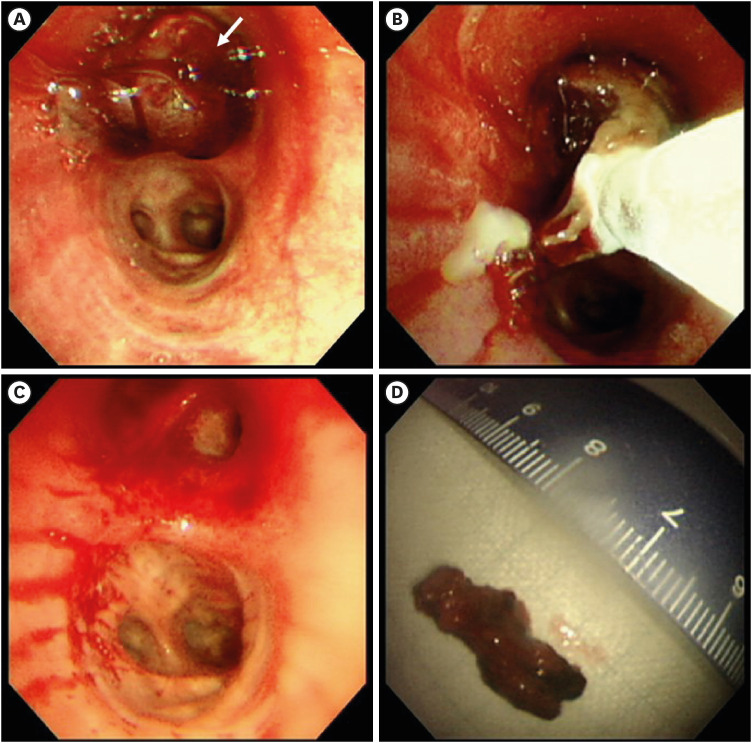
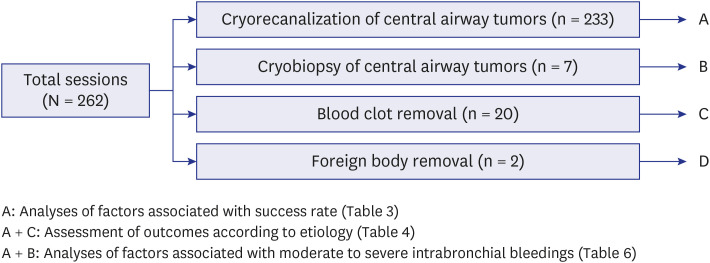
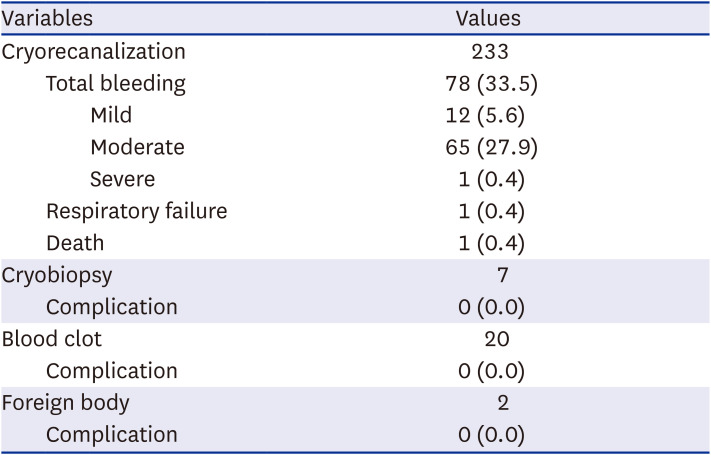
 XML Download
XML Download